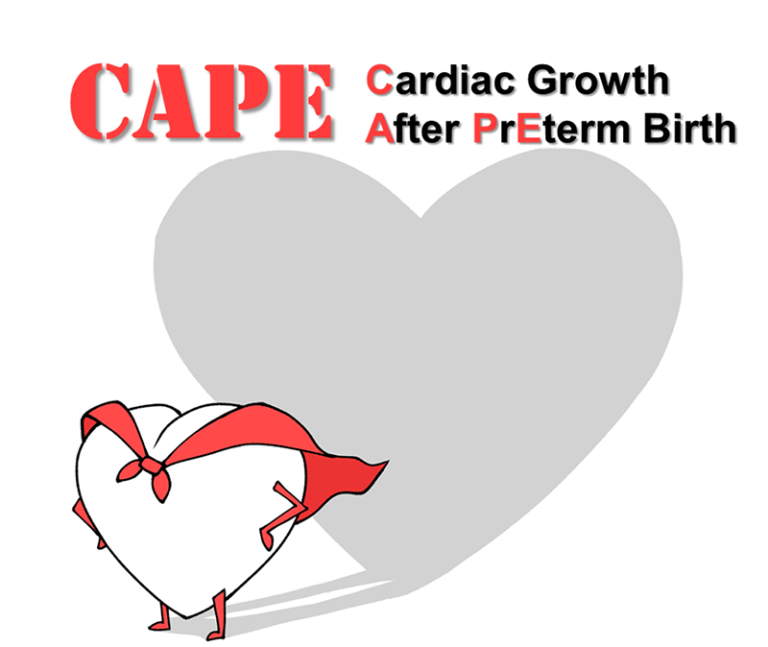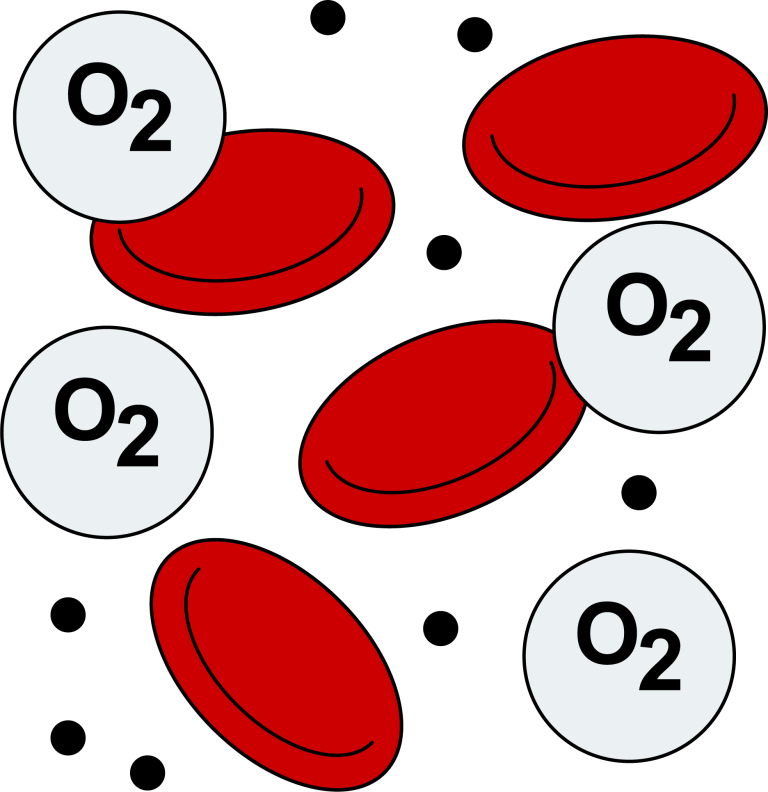
Cardiac Growth After PrEterm Birth
Our prior research identified that the preterm heart is smaller in adulthood, but there are no serial studies to understand how the heart grows over time. Here, our goal is to develop cardiac growth and function curves to predict cardiovascular trajectories in children and adults born preterm. We will aim to identify risk factors and biomarkers for impaired growth and function.

Defining How Neonatal Hyperoxia Causes Pulmonary Hypertension in Adults
Dr. Goss collaborates with Dr. O’Reilly to link animal models of preterm birth to humans born preterm. High levels of oxygen at birth can alter lung growth and development. Dr. O’Reilly is identifying how oxygen-induced DNA damage signaling impacts lung development. By pairing these findings with the UTSW Preterm Biobank, we hope to identify new biomarkers to predict impaired lung growth and disease in individuals born preterm.
Michael O'Reilly Research Lab - University of Rochester Medical Center

Understanding Cardiopulmonary Consequences of Preterm Birth with Data-driven Computational Modeling
Dr. Goss collaborates with biomedical engineers to combine human datasets and animal models of preterm birth with data-driven computational biophysical modeling of preterm birth and subsequent growth and aging. Our goal is to predict normal and developmentally arrested (preterm) postnatal cardiac and pulmonary vascular growth and function across the early lifespan and understand how specific interventions may alter this trajectory.
4D Virtual Catheterization to Assess Hemodynamics in Pulmonary Hypertension
In collaboration with investigators at Northwestern University and the Mayo Clinic led by Dr. Elbaz, we are applying novel 4D flow cardiac MRI methods to assess pulmonary hemodynamics in patients with pulmonary hypertension. The goal is to develop non-invasive measures to estimate hemodynamics and risk stratify patients.